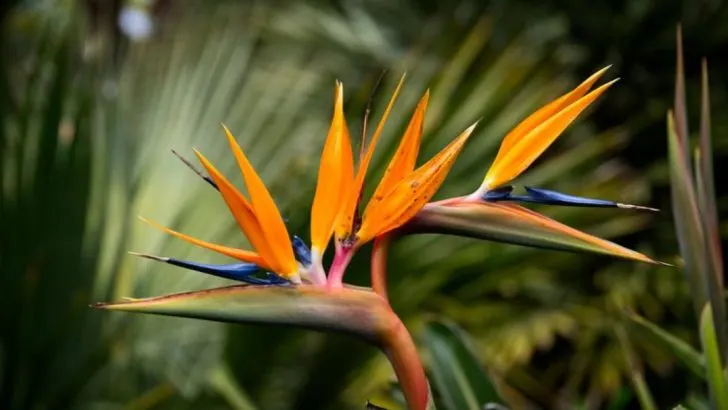Designing a breathtaking Florida landscape means selecting plants that can thrive in the state’s warm, humid climate while adding beauty and function to your outdoor space. From tropical blooms to hardy native species, these 25 must-have plants will help you create a stunning and resilient Florida garden.
Bougainvillea
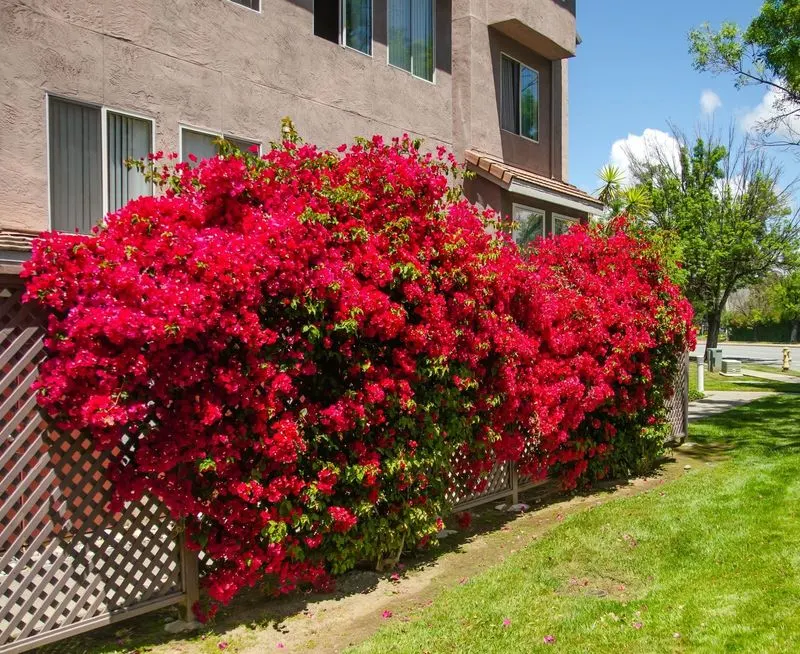
Few plants can match the vibrancy of Bougainvillea. This climbing plant, with its cascading colorful bracts, brings an explosion of color to any Florida garden. Its drought tolerance makes it a perfect choice for the state’s hot climate.
Bougainvilleas prefer a sunny spot where they can bathe in Florida’s generous sunlight. Pruning encourages bushier growth, enhancing its flowering potential.
Plant near fences, trellises, or walls to create a striking vertical display. With minimal care, Bougainvilleas reward you with nearly year-round blooms, making them a gardener’s delight.
Bird of Paradise
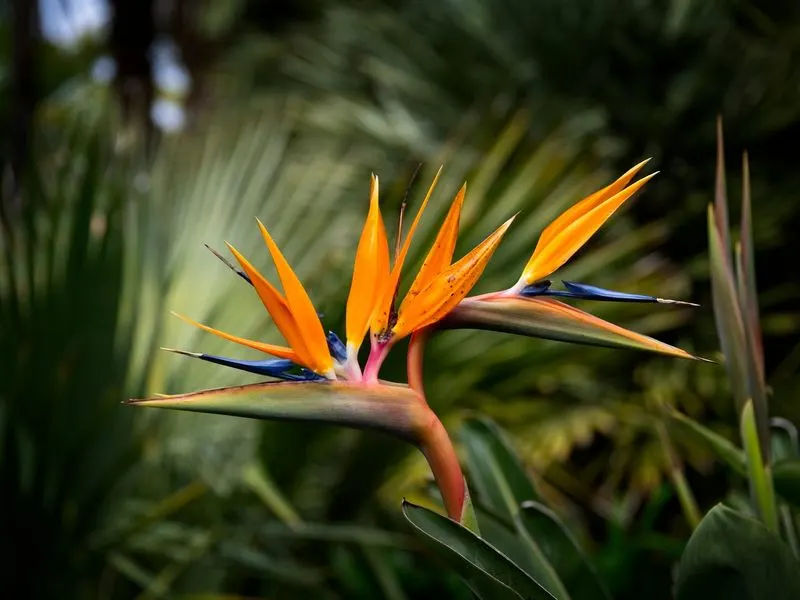
Known for its striking appearance, the Bird of Paradise is synonymous with tropical beauty. Its unique flowers resemble exotic birds, adding an artistic touch to landscapes.
This plant thrives in sunny, well-drained locations, typical of Florida’s environment. Regular watering keeps it healthy, but it can handle short dry spells.
Perfect for borders or as a focal point, Bird of Paradise adapts well to container planting too. With its dramatic flair, it turns any garden into a botanical paradise, drawing admiration from visitors and residents alike.
Coontie
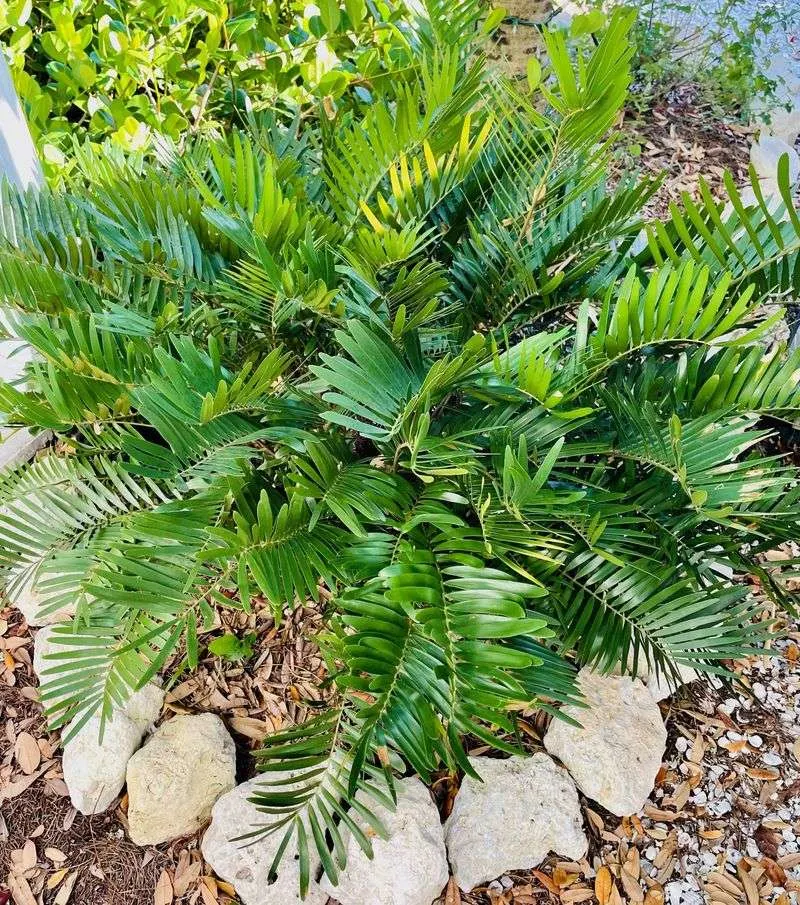
Coontie, a native Florida plant, offers a touch of prehistoric charm with its fern-like foliage. This hardy plant is incredibly low maintenance, making it suitable for novice gardeners.
Tolerating shade and drought, Coontie fits well in both sunlit and shaded areas. It’s also a host plant for the rare Atala butterfly, contributing to local biodiversity.
Use Coontie in mass plantings or as a ground cover for a textured, green backdrop. Its resilience and adaptability make it a reliable choice for sustainable Florida landscapes.
Firebush
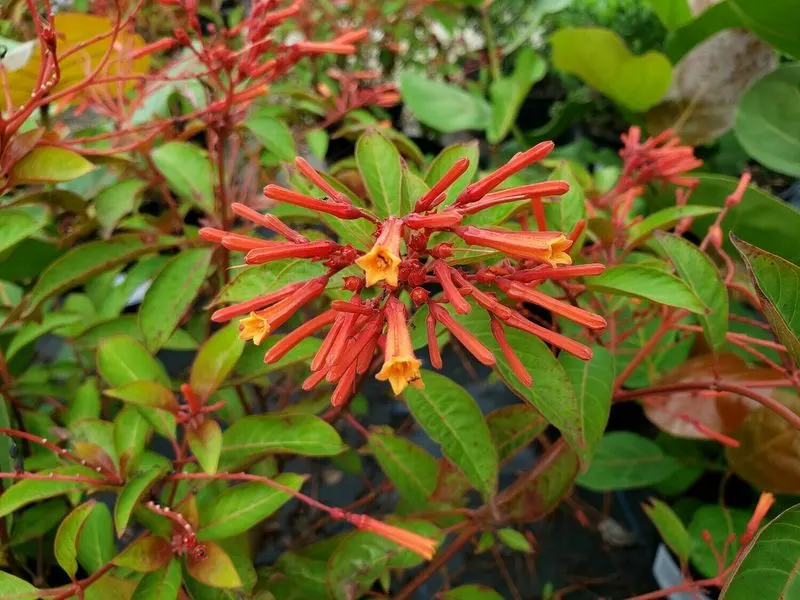
Firebush is a magnet for hummingbirds and butterflies, thanks to its bright red, tubular flowers. This shrub thrives in Florida’s heat, adding vivid color to gardens across the state.
Preferring full sun, Firebush grows quickly, providing privacy and color. It’s also drought-tolerant once established, making it low-maintenance.
Ideal for hedges or standalone features, Firebush can be pruned to maintain desired shapes. Its vibrant blooms and wildlife-friendly nature make it a favorite for eco-conscious gardeners.
Saw Palmetto
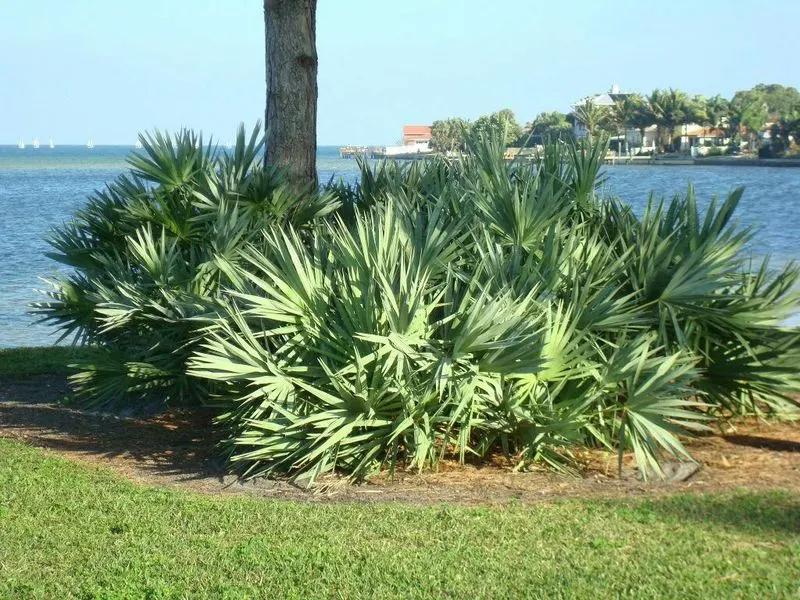
Saw Palmetto imparts a rugged, natural look with its fan-shaped leaves and sprawling growth habit. Native to Florida, it thrives in sandy soils typical of coastal areas.
Once established, it requires minimal watering and withstands harsh conditions, including salt spray and drought.
Use Saw Palmetto in naturalistic landscapes or as a low-maintenance ground cover. Its silvery-green foliage adds texture, while its hardiness promises longevity, making it a staple in native Florida gardens.
Fiddleleaf Fig
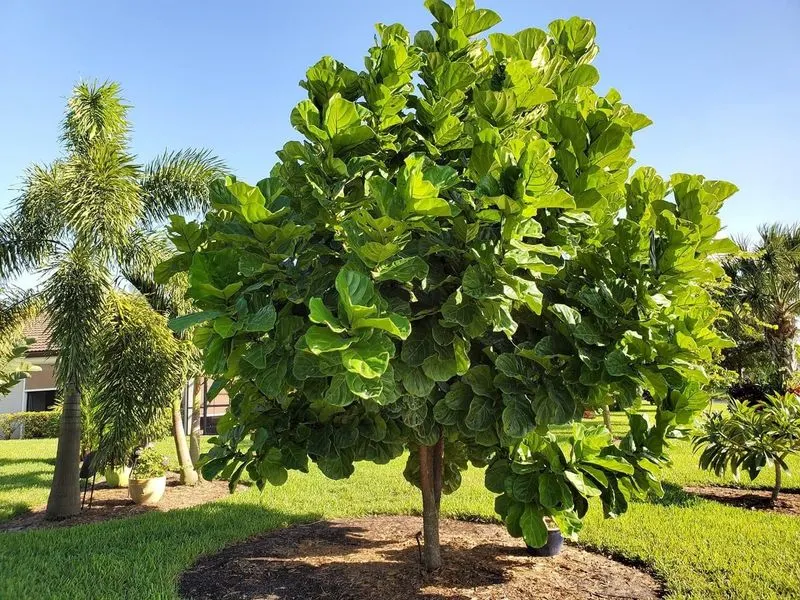
The Fiddleleaf Fig is a popular choice for adding a touch of elegance indoors. Its large, glossy leaves create a bold statement in any room.
In Florida, it thrives outdoors too, provided it’s shielded from direct sunlight to prevent leaf burn. Regular watering keeps it lush, though it prefers well-drained soil.
An adaptable plant, the Fiddleleaf Fig suits both indoor and sheltered outdoor spaces. Its striking foliage complements contemporary decor, making it a stylish addition to Florida homes.
Croton
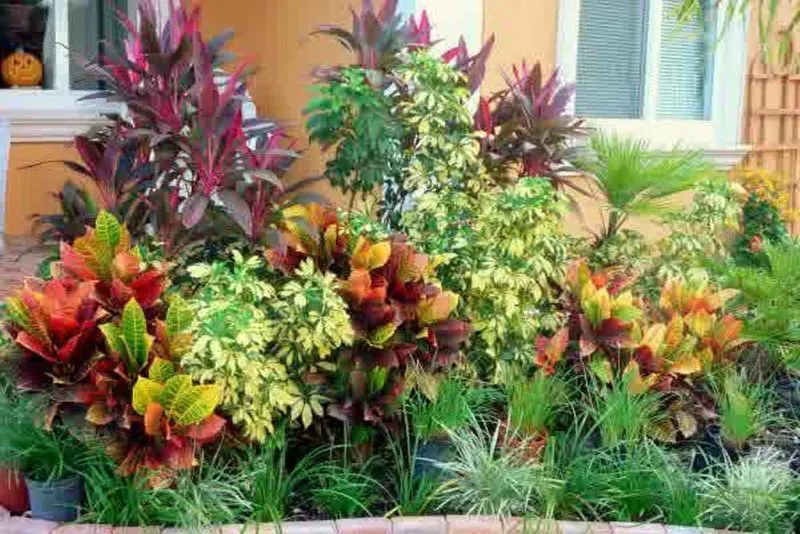
Crotons are known for their vivid, multicolored leaves that bring a tropical vibe to gardens. Their bold patterns range from yellow to red, making them eye-catching additions.
They thrive in sunny locations and require regular watering to maintain their vibrant hues. Although frost-sensitive, they recover quickly in warm weather.
Crotons work well in borders, containers, or as statement pieces. Their striking appearance and tropical flair make them perfect for colorful and dynamic Florida landscapes.
Sea Grape
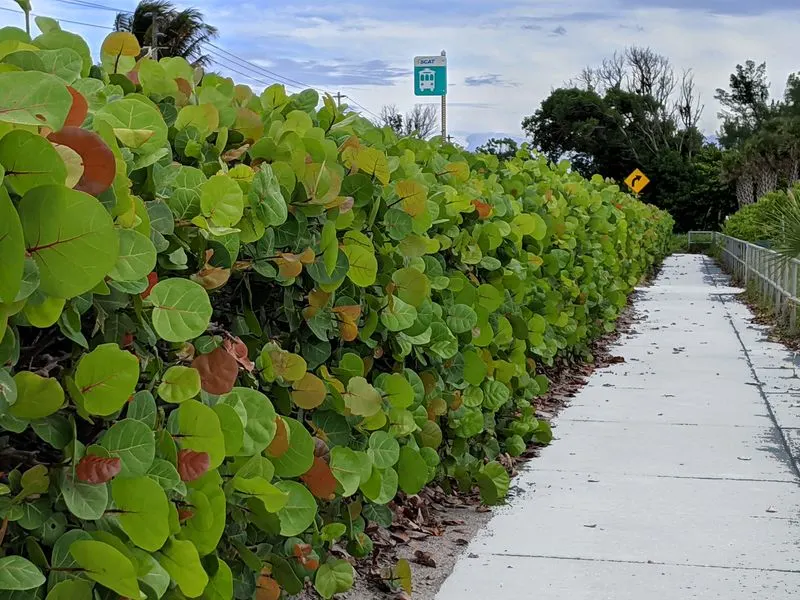
Sea Grape, with its large, round leaves and grape-like fruit, is a beloved coastal plant in Florida. Its sturdy nature stands up to salty breezes and sandy soils.
This plant makes an excellent windbreak and offers privacy when planted in rows. The fruit is edible, often used in jellies and wines, adding a culinary bonus.
Sea Grape’s adaptability to harsh coastal conditions makes it invaluable for beachside landscaping. Its unique appearance adds character to coastal gardens, blending functionality and aesthetics.
Gumbo Limbo
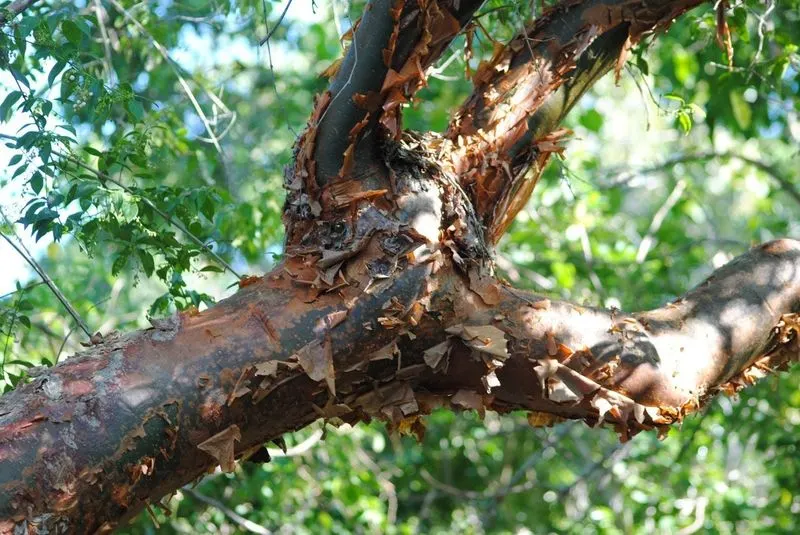
The Gumbo Limbo is affectionately known as the “tourist tree” for its peeling red bark resembling sunburnt skin. This tree is robust and fast-growing, perfect for Florida’s climate.
Its canopy offers ample shade, making it ideal for larger yards or parks. The tree is drought-tolerant and can withstand strong winds, typical of coastal environments.
Beyond its practical benefits, the Gumbo Limbo’s distinctive appearance adds a touch of whimsy and charm to any landscape, making it both functional and ornamental.
Philodendron
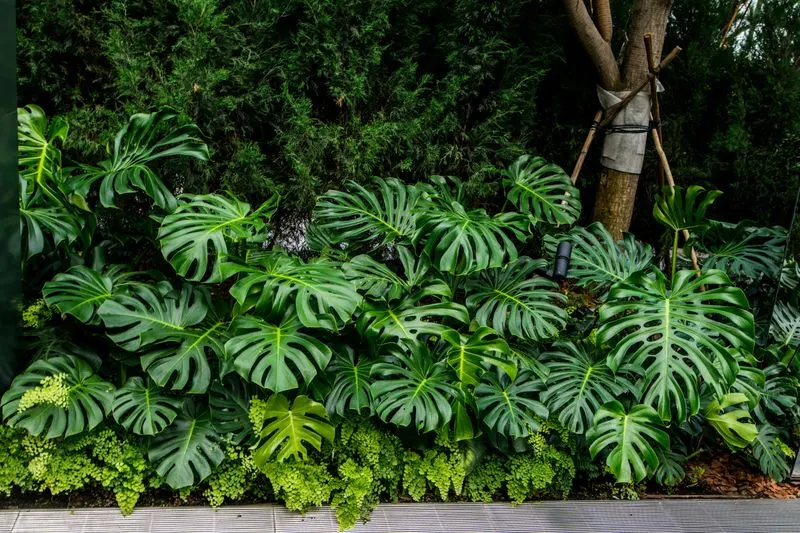
Philodendrons are versatile plants that thrive in shaded areas, perfect for adding greenery under Florida’s sun-dappled canopies. Their large, lush leaves bring a jungle feel to gardens.
They require minimal maintenance, needing occasional watering and fertile soil. These plants are excellent for filling in gaps or adding a tropical touch to shaded spots.
With numerous varieties to choose from, Philodendrons offer endless possibilities for creative landscaping. Their adaptability and lush appearance make them a cherished choice for Florida gardeners.
Beautyberry
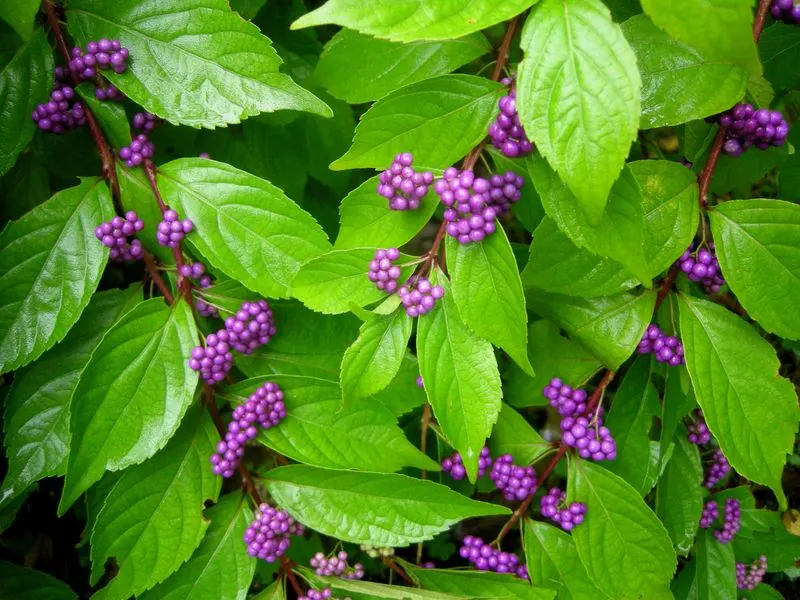
Beautyberry is an eye-catching shrub known for its vibrant purple berries that cluster along arching branches. This native plant thrives in Florida’s climate, attracting birds and wildlife.
Tolerant of various soil types, it performs well in both sun and partial shade. Prune in late winter to encourage new growth and berry production.
Beautyberry’s striking appearance makes it a great choice for borders or naturalistic plantings. Its wildlife-friendly nature and unique beauty enhance Florida landscapes, offering both ecological benefits and visual appeal.
Jatropha
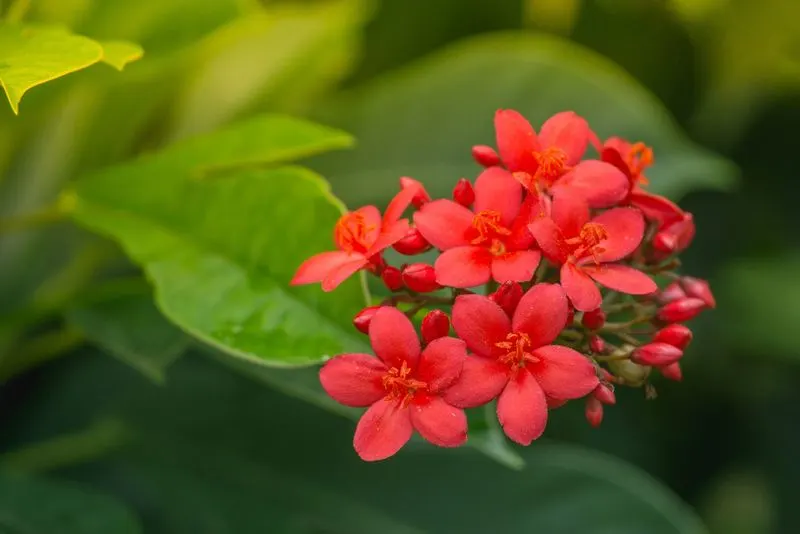
Jatropha is a striking shrub, famed for its vibrant red flowers that bloom year-round in Florida’s warm climate. These blooms attract hummingbirds and butterflies, adding life and movement.
It prefers full sun and well-drained soil, thriving in conditions that other plants might find challenging. Drought-tolerant once established, it’s a low-maintenance choice.
Ideal for borders or focal points, Jatropha’s persistent flowering makes it a standout feature in gardens. Its bright blooms and resilience make it a favorite among Florida gardeners seeking color with minimal effort.
Buttonwood
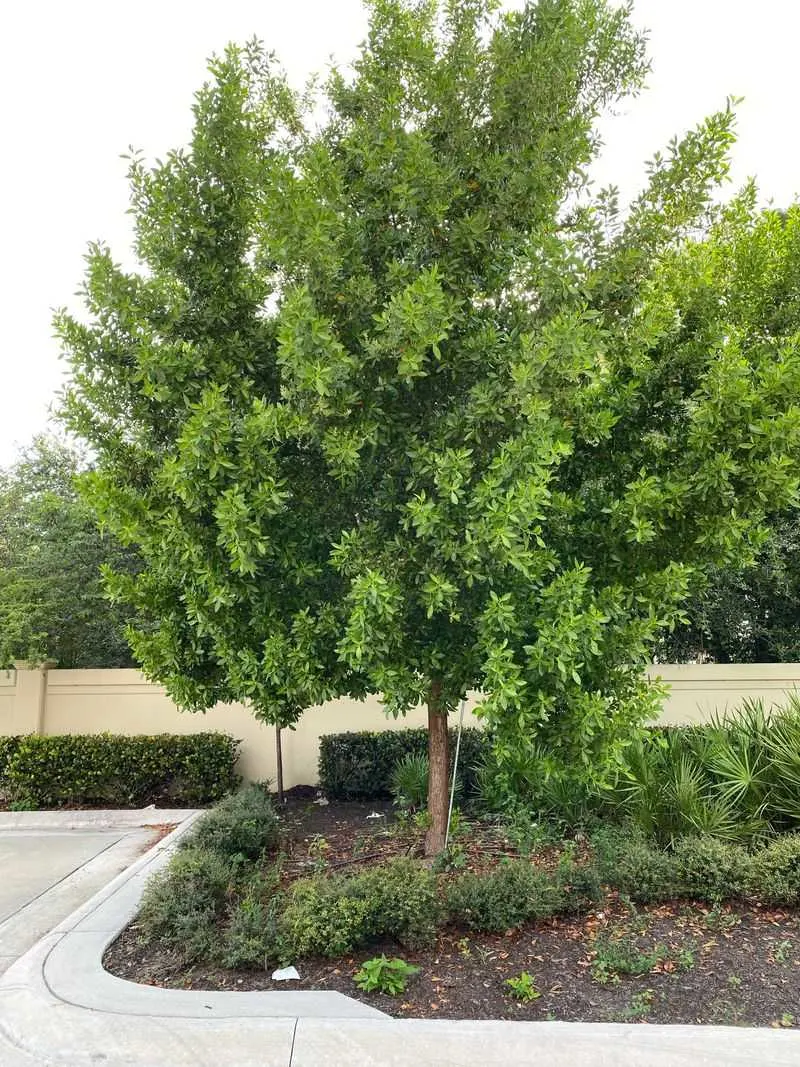
Buttonwood, especially the silver variety, is prized for its silvery foliage that shimmers in the sunlight. It stands resilient against coastal winds and salty air, making it a staple in Florida’s coastal landscapes.
Commonly used in hedges, it provides privacy and wind protection. This plant is drought-tolerant and adaptable to different soil conditions.
With its distinctive foliage, Buttonwood adds a unique texture and color contrast in gardens. Its hardy nature and aesthetic appeal make it a versatile choice for enhancing coastal and inland landscapes alike.
Muhly Grass
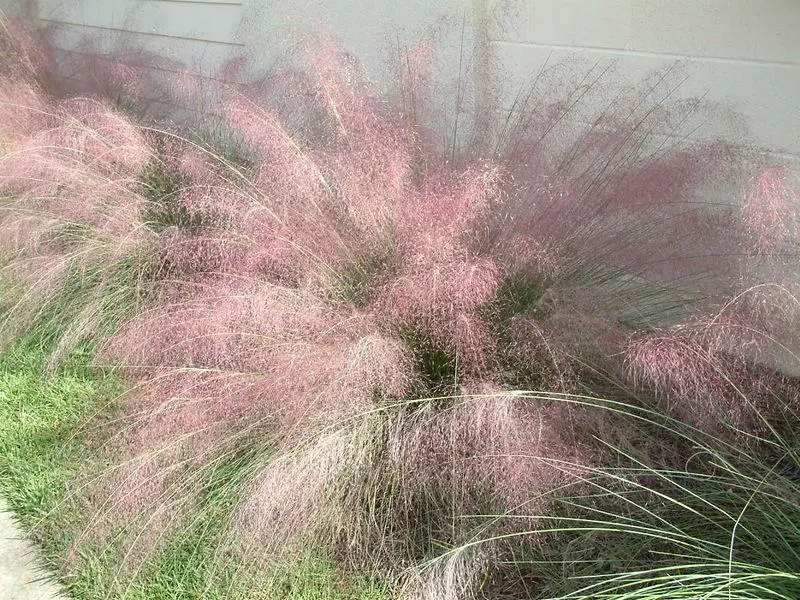
Muhly Grass is celebrated for its feathery pink plumes that create a stunning visual effect when swaying in the breeze. This ornamental grass is perfect for adding movement and texture to Florida landscapes.
Thriving in sunny locations, it requires little maintenance and is drought-tolerant. In late summer to fall, its pinkish-purple inflorescences provide a spectacular display.
Muhly Grass works well in mass plantings or as accent pieces. Its easy care and striking seasonal color make it a popular choice among Florida gardeners looking for effortless beauty.
Plumbago
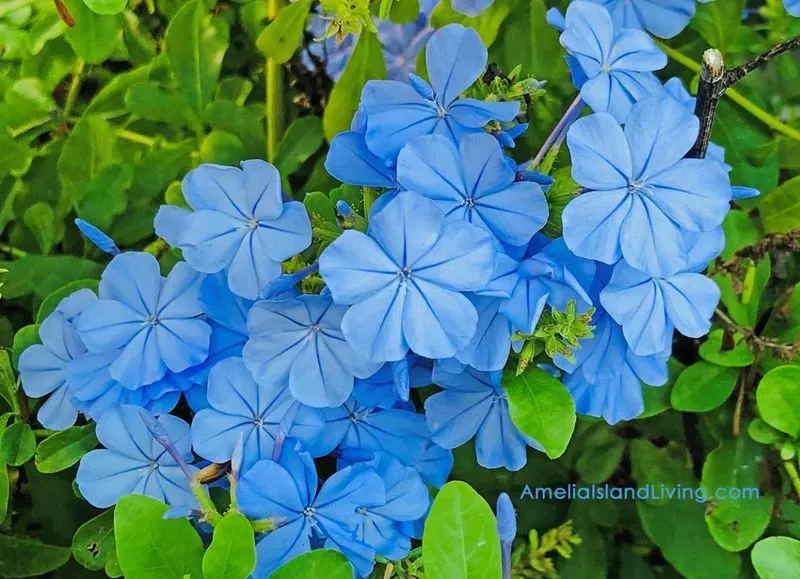
Plumbago is loved for its clusters of sky-blue flowers that bloom profusely throughout the warmer months. This sprawling shrub thrives in the sunny conditions typical of Florida.
It requires minimal watering once established and can tolerate a range of soil types, making it a practical choice for many gardens. Regular pruning keeps it tidy and encourages more blooms.
Ideal for use as a ground cover or cascading over walls, Plumbago brings a refreshing splash of color. Its resilience and beauty make it a cherished addition to Florida landscapes.
Oleander
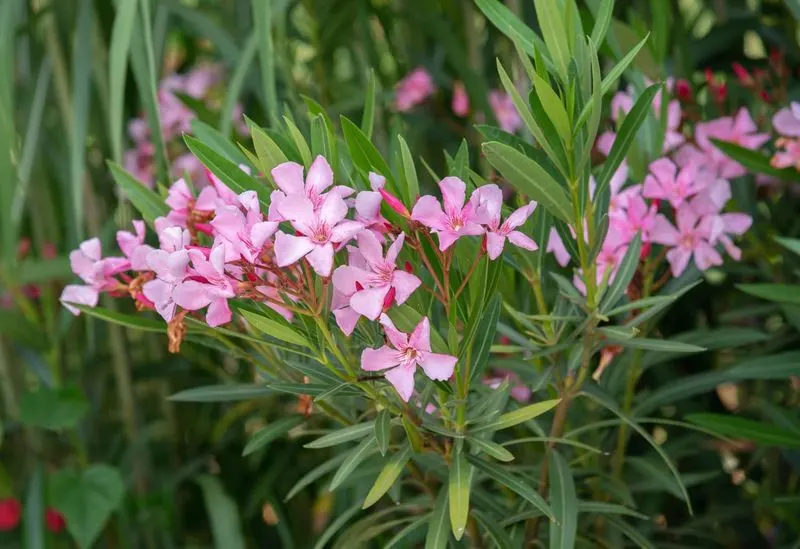
Oleander offers a profusion of colorful blooms in shades ranging from white to red throughout the year. Known for its robustness, this shrub is perfectly adapted to Florida’s warm climate.
Thriving in sandy soils and requiring little water, Oleander is a reliable choice for low-maintenance gardens. It can be shaped into hedges or used as a standalone feature.
While all parts of the plant are toxic, its striking flowers and evergreen leaves make Oleander a popular option for adding continuous color and structure to Florida gardens.
Florida Anise
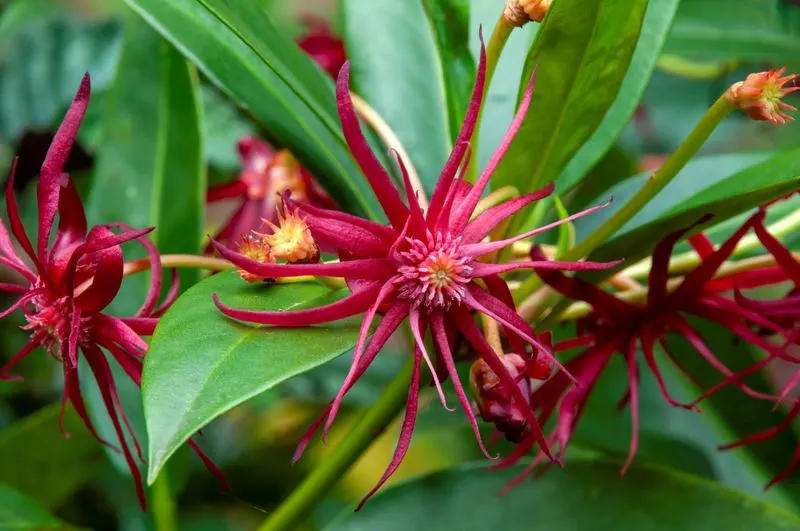
Florida Anise is a native shrub that adds a touch of elegance with its star-shaped flowers and aromatic leaves. It thrives in shaded, damp areas, making it suitable for less sunny spots in Florida gardens.
The plant’s glossy foliage remains attractive throughout the year. It’s well-suited for naturalistic plantings and woodland gardens.
Beyond its aesthetic appeal, Florida Anise provides habitat for wildlife, enhancing biodiversity. Its combination of beauty, fragrance, and ecological benefits makes it a versatile choice for gardeners.
Cabbage Palm
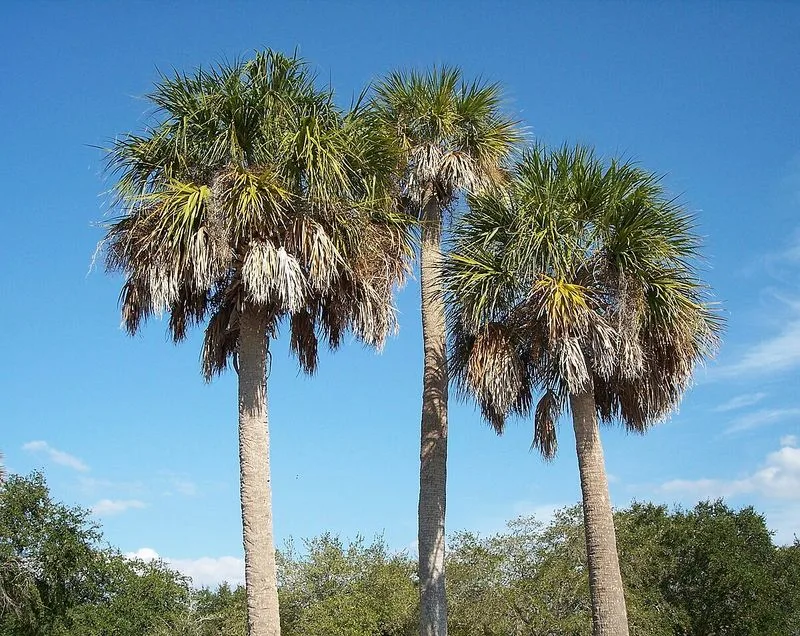
The Cabbage Palm, Florida’s state tree, stands tall with its slender trunk and fan-shaped leaves. It’s a symbol of resilience, withstanding hurricanes and thriving in the state’s varied conditions.
This palm requires little care once established and is adaptable to different soil types. It’s often used in streetscapes and large gardens.
By providing architectural interest and a tropical feel, the Cabbage Palm enhances both public and private spaces. Its durability and iconic appearance make it an essential part of Florida landscapes.
Zamia
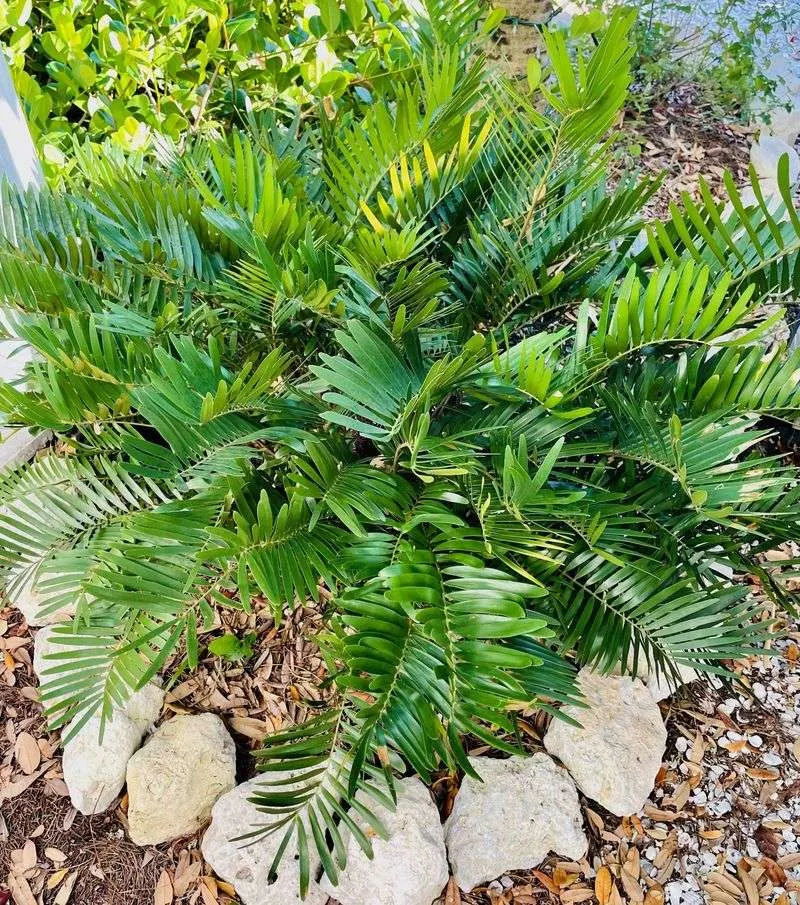
Zamia, or cardboard palm, is a unique, low-growing plant with a prehistoric charm. Its tough, glossy leaves are ideal for adding texture to gardens.
It thrives in well-drained soil and sunny spots, common in Florida. Once settled, it’s drought-tolerant and requires minimal maintenance.
Use Zamia in borders or as a ground cover for a touch of the exotic. Its adaptability and striking appearance make it a beloved choice for gardeners aiming to create a distinctive Florida landscape.
Florida Pine
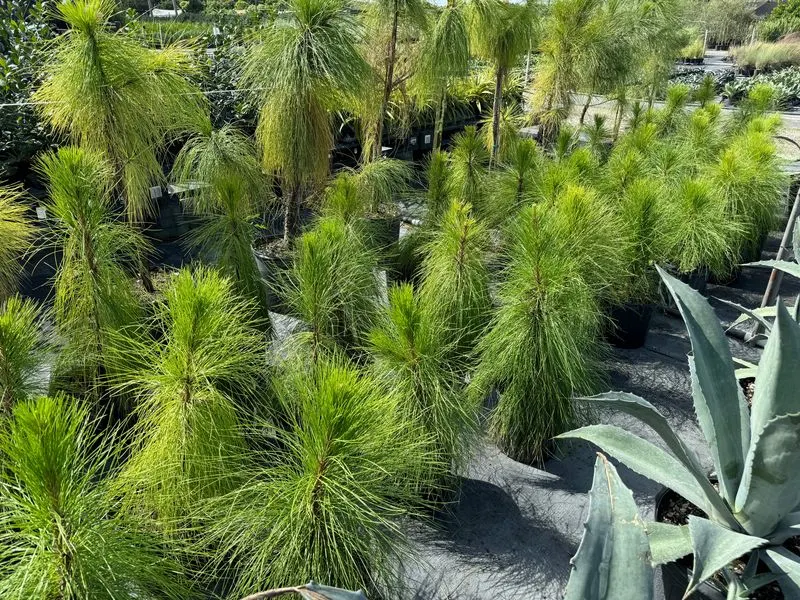
Florida Pine trees are iconic, offering height and structure to any landscape. Their tall stature and needle-like leaves provide a classic look synonymous with Florida’s wild beauty.
These trees thrive in sandy soils and require little maintenance once established. They are excellent for windbreaks or creating shaded areas in large gardens.
Beyond their practical uses, Florida Pines add a sense of grandeur and history to landscapes. Their majestic presence and low upkeep make them a staple in native and naturalistic gardens.
Southern Magnolia
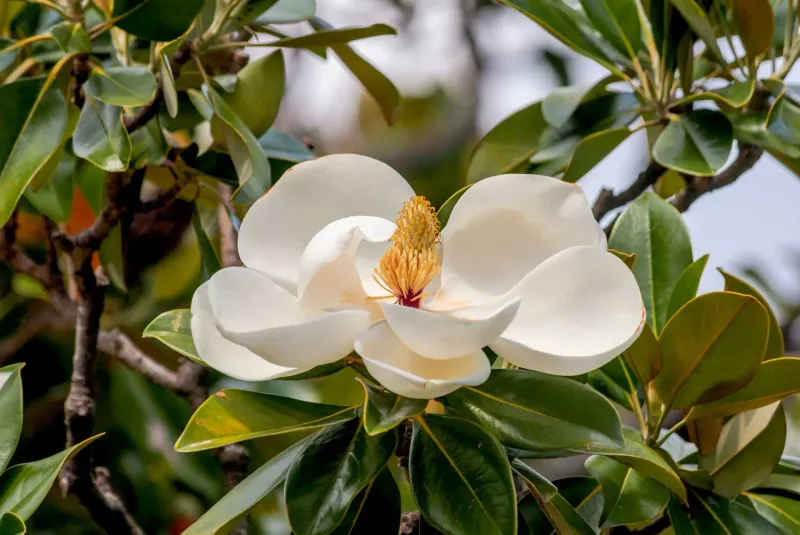
The Southern Magnolia is renowned for its large, fragrant white blooms and glossy, evergreen leaves. This tree adds a touch of the classic South to Florida landscapes.
Preferring full sun to partial shade, it thrives in well-drained, acidic soil. Its flowers provide a sweet scent in late spring and summer.
Use Southern Magnolia as a focal point in gardens or along driveways. Its timeless beauty and aromatic blooms make it a cherished addition to both traditional and modern landscapes in Florida.
Spanish Moss
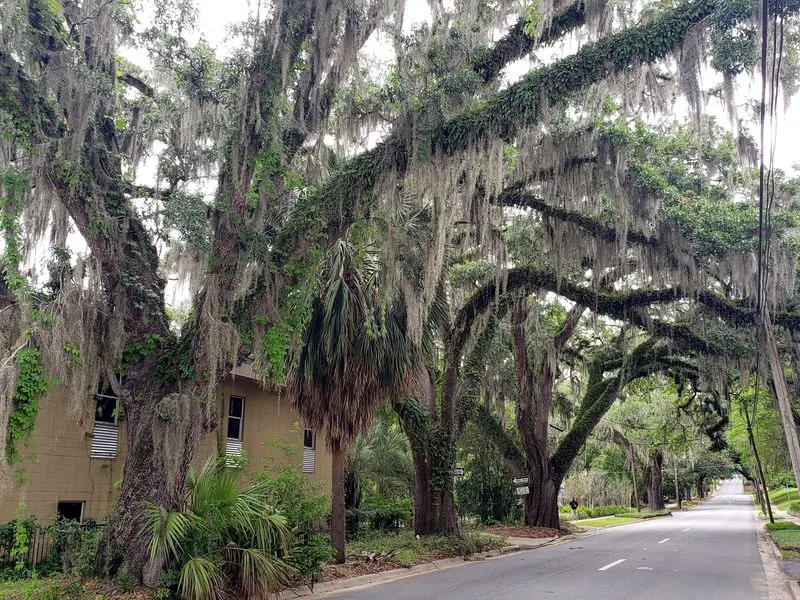
Spanish Moss drapes elegantly from tree branches, adding a mysterious and romantic touch to Florida landscapes. Though it’s not a true moss, it’s a fascinating epiphyte.
It thrives in humid conditions, often found hanging from live oaks and cypress trees. As it doesn’t harm host trees, it’s a perfect addition for aesthetic appeal.
Spanish Moss creates an iconic Southern look, enhancing the visual interest of trees. Its unique appearance and low impact on its environment make it a beloved feature in Floridian gardens.
Silverthorn
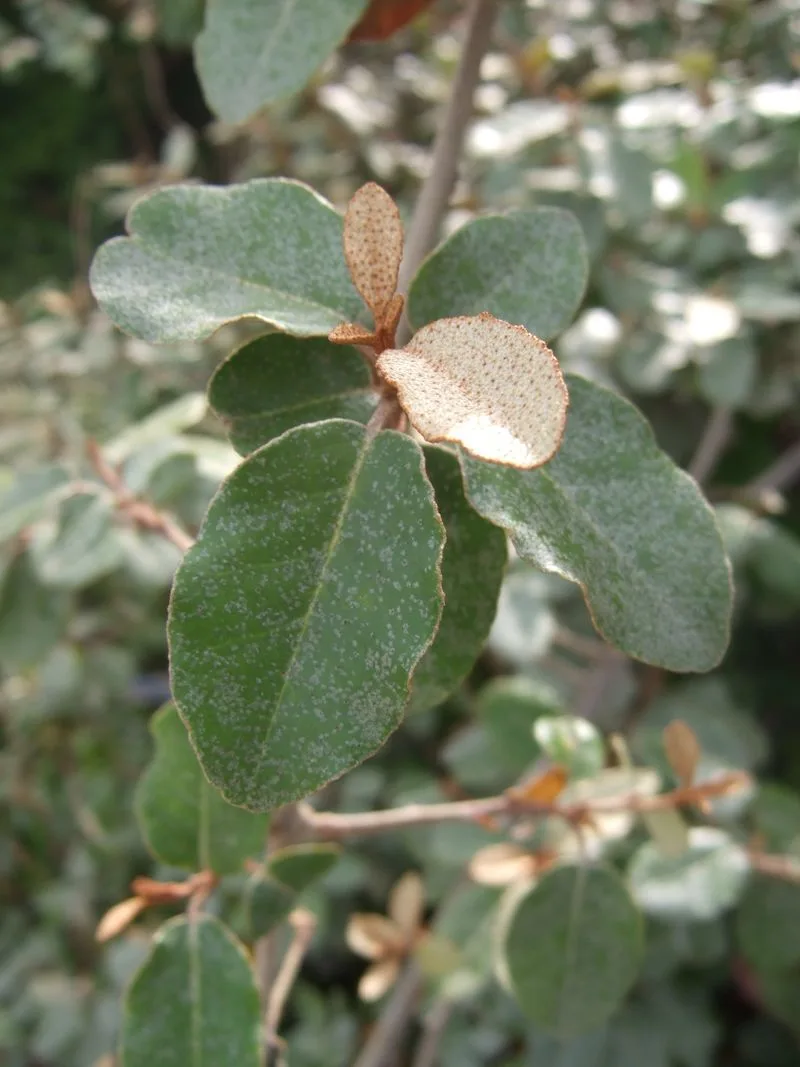
Silverthorn, also known as Elaeagnus, is valued for its silver-tinted foliage and fragrant flowers. This hardy shrub is excellent for hedging and privacy screens.
It thrives in full sun or partial shade and adapts well to Florida’s diverse soil conditions. The small red berries attract birds, adding to its ecological benefits.
Use Silverthorn to create structured, yet natural-looking borders. Its blend of beauty and practicality makes it a versatile choice for enhancing privacy and adding texture to landscapes.
Bougainvillea
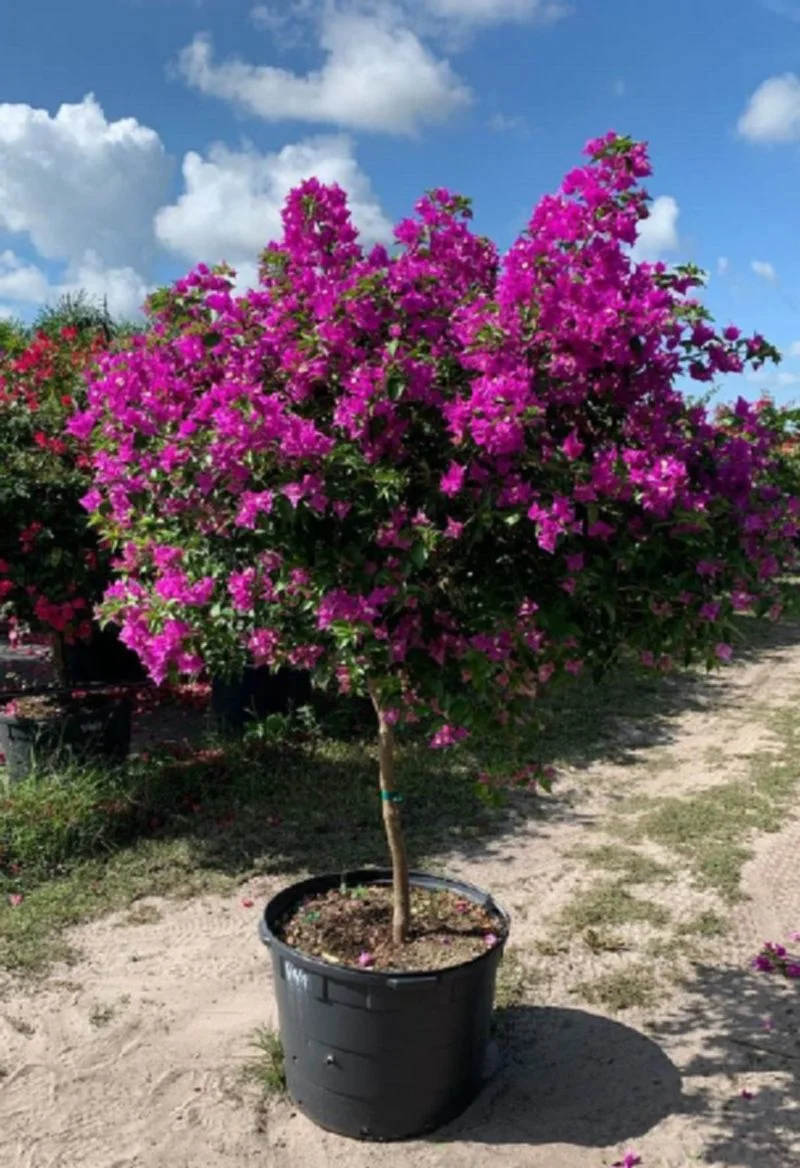
Bougainvillea is celebrated for its vibrant bracts that come in a variety of colors, including pink, purple, and red. It thrives in sunny locations and is highly drought-tolerant, making it ideal for Florida gardens.
This vine can be trained to climb trellises or walls, creating stunning vertical displays. Its long blooming season ensures continuous color and interest.
With minimal care, Bougainvillea transforms ordinary spaces into tropical paradises. Its resilience and striking beauty make it a favorite for gardeners seeking bold, lasting color.
Dwarf Yaupon Holly
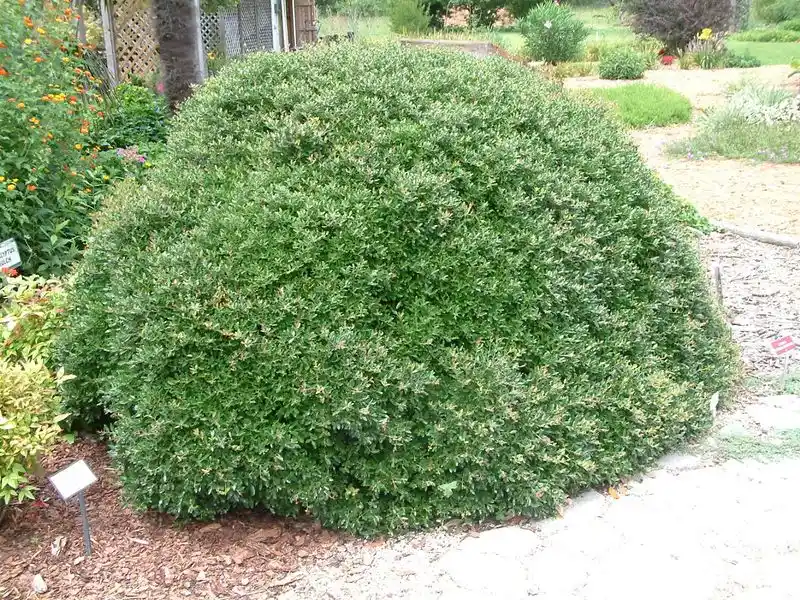
Dwarf Yaupon Holly is prized for its compact growth and ornamental berries. This shrub is perfect for low-maintenance hedging or ground cover in Florida gardens.
It thrives in full sun to partial shade and is highly adaptable to various soil types. The bright red berries add seasonal interest and attract wildlife, enhancing biodiversity.
Use Dwarf Yaupon Holly to create neat, structured borders or mass plantings. Its easy care and attractive appearance make it a popular choice for adding structure and color to landscapes.

